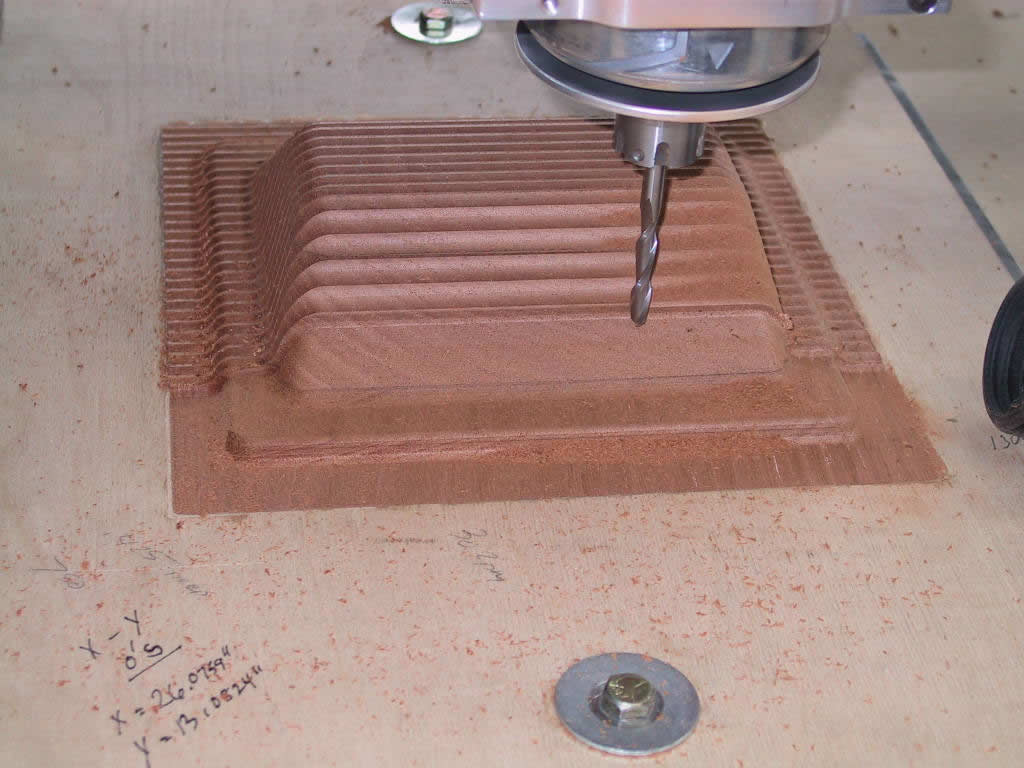
HERRING
***
biodiesel - diesel stove / natural draft = non electric.

Specifications:
- Dimensions: 12”
Wide x 13” Deep. (31 x 33Cm)
Plus 3" to Right to operate Burner Stem Cleaning Rod.
26-1/4"
to top of cook surface with legs.
Legs are 3” High.
28” to top of stainless sea rail.
(71Cm)
- Weight: 55
Lbs. (25 Kg)
Minimum space required is 15" in width by 14" in depth.
This does NOT take into consideration the space required
for shielding surrounding combustibles.
Features:
- Best European Blue Flame Burner Optimized for Biodiesel.
- Optional: Pair of Internal,
Sepentine Hot Water Heat Exchangers.
- Heavy cast iron & stainless steel construction (sides & back are
SS).
- For Biodiesel or Petrol Diesel. (no solid fuels)
Flowrate: 8 oz./Hr. Low to 24 oz./Hr. High.
(.031 Gal./Hr. to .1875
Gal./Hr.)
- High Temperature Glass Window.
- Stainless or Upgrade
Brass Sea Rail.
- Uses 4" Chimney Pipe (10 Cm).
- Approx. Max. Output: 20,000 Btu’s.
- Compatible with our bronze "Drop-In" Burner Modules!
Pricing:
$3385 / With High Temp Paint
Porcelain Enamel Option / CALL
Yes, it's a tall stove which happens as a result of the burner's flame pattern.

CNC machining a mahogany foundry patern used for the stove's exhaust.
The router is used for general pattern work and for our customized foam packing materials.

***
Now, a little somethirter. Sometime's I'll a
360 298 4623 / andrewmoore@marinestove.com